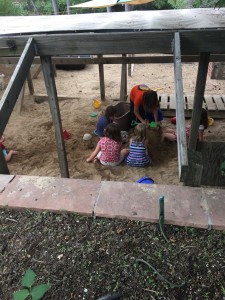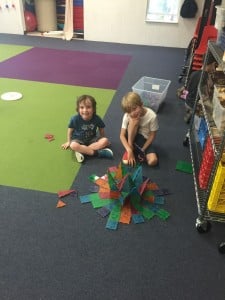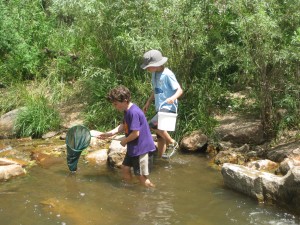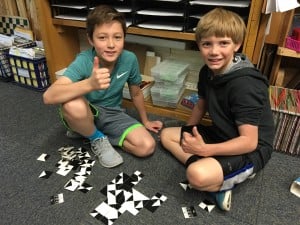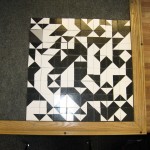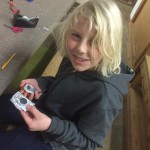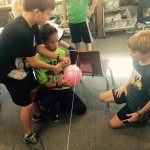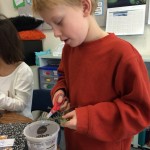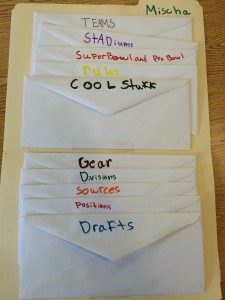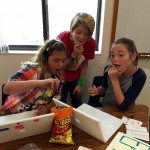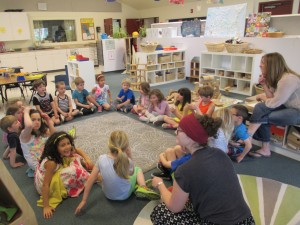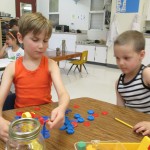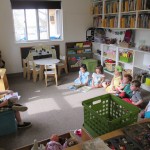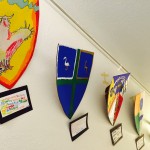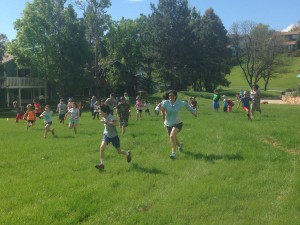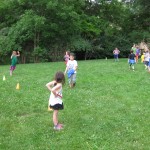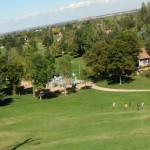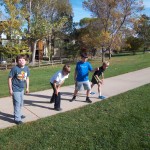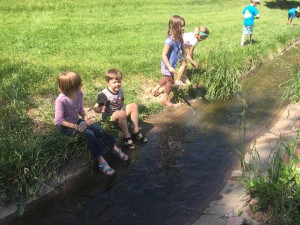 As summer comes to a close, I would like to share on experience I had as a parent this summer. I share it because it reminds of our academic year and our community’s focus on student-centered pedagogy. My younger son discovered the game Pokémon this summer. It came to us after time in our camp at Bixby School where students played this game by bringing in their own card decks and by using the Bixby card deck. I have to admit I was less than thrilled initially.
As summer comes to a close, I would like to share on experience I had as a parent this summer. I share it because it reminds of our academic year and our community’s focus on student-centered pedagogy. My younger son discovered the game Pokémon this summer. It came to us after time in our camp at Bixby School where students played this game by bringing in their own card decks and by using the Bixby card deck. I have to admit I was less than thrilled initially.
I found myself negotiating how much of the allowance may be reasonably spent on building the Pokémon deck collection (zero I thought would be a great number!) and at the same time several conversations seemed to center on how to play the game fairly, and in a way that could include and invite players of all ages at school. While my son’s enthusiasm for the game seemed to grow exponentially with every day and round played, I began to wonder whether this new activity would take over and dominate every part of our summer and his social world. Most of all, I just did not understand the enthusiasm for the game.
Then I started to think about our commitment at our school by our faculty to try to understand every child and to truly “see and hear” them. I resolved to honor this commitment as a parent and asked my son if he would teach me the game of Pokémon. He looked at me with eyes wide-open, and a HUGE smile on his face “Really? You are kidding, right?”, was his initial reply (considering that I do play often with my children and that we are an enthusiastic board game playing family, I was a little offended at first by his disbelief).
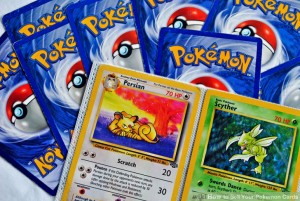 A few minutes later we found ourselves across from each other at our kitchen table and my son started to explain with great care and detail how this game works. We played a few rounds that afternoon at our home and I started to realize that there are many reasons why children may be drawn to this game. It is a game of trading, attacking, strategy, and suspense. Pokémon characters come in many different shapes and sizes and with varied skills and powers. Players also have to use their math skills to add, subtract and adjust power and reserves of the characters they play (and the former math educator in me rejoiced!). How exciting to see if you have one of the special cards that can defeat the others and how thrilling to click away at the opponents’ powers incrementally but always with the risk to get defeated at the next turn! I also realized that this game required empathy and kindness when played with younger children that may not have all of their strategies or arithmetic skills in place. I learned that at our school older students tried to help younger ones and of course “had to be honest and patient”, according to my son, in doing the math for and with the younger players. In the course of that afternoon, I realized that my judgment about the value of this-admittedly- highly commercialized game (sigh!) had nearly quenched an opportunity for my son to connect with new friends across ages and grade levels and explore concepts such as fairness, kindness, patience, allowance management, and balancing this new enthusiasm for the game with also participating in camp activities and other games throughout the summer.
A few minutes later we found ourselves across from each other at our kitchen table and my son started to explain with great care and detail how this game works. We played a few rounds that afternoon at our home and I started to realize that there are many reasons why children may be drawn to this game. It is a game of trading, attacking, strategy, and suspense. Pokémon characters come in many different shapes and sizes and with varied skills and powers. Players also have to use their math skills to add, subtract and adjust power and reserves of the characters they play (and the former math educator in me rejoiced!). How exciting to see if you have one of the special cards that can defeat the others and how thrilling to click away at the opponents’ powers incrementally but always with the risk to get defeated at the next turn! I also realized that this game required empathy and kindness when played with younger children that may not have all of their strategies or arithmetic skills in place. I learned that at our school older students tried to help younger ones and of course “had to be honest and patient”, according to my son, in doing the math for and with the younger players. In the course of that afternoon, I realized that my judgment about the value of this-admittedly- highly commercialized game (sigh!) had nearly quenched an opportunity for my son to connect with new friends across ages and grade levels and explore concepts such as fairness, kindness, patience, allowance management, and balancing this new enthusiasm for the game with also participating in camp activities and other games throughout the summer.
I can’t say all of these realizations have made Pokémon my favorite summer game but I can report that we had many opportunities for good conversations and planning because of Pokémon this summer. I am reminded that our children’s and students’ worlds can sometimes only be understood if we enter them-despite our judgments and maybe BECAUSE of them!
With a few fleeting days of summer left, I invite you to learn a new game, participate in an activity or have your child truly share one of their interests with you and to see where that journey may unexpectedly take you . . .
And yes, please fee free to email me directly about your experiences or post your story to our Bixby Facebook page!
Patricia

